How to Unravel the Vectorial Realm: A Comprehensive Guide to Vector Applications in Mathematics”
Vectors have found numerous applications in mathematics and its associated fields. This guide delves into understanding some of the most important applications. Each step highlights a particular area where vectors play a pivotal role.
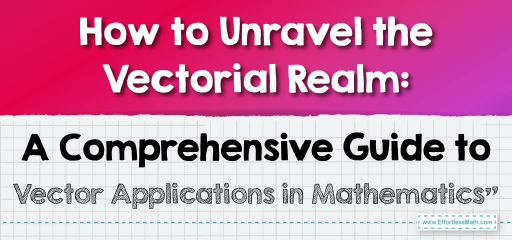
Step-by-step Guide to Understanding Vector Applications in Mathematics
Here is a step-by-step guide to understanding vector applications in mathematics:
Step 1: Basic Understanding of Vectors
- Definition: A vector is a mathematical object that has both magnitude (length) and direction. It can be represented as an arrow with a definite length and direction or algebraically as a list of numbers.
- Notation: Vectors are usually denoted by lowercase bold letters, e.g., \(v\) or \(a\), or by using an arrow above the letter: \(\overrightarrow{v}\) or \(\overrightarrow{a}\).
- Components: In a two-dimensional space, a vector can be represented as \(\overrightarrow{v}=(v_x,v_y)\) and in a three-dimensional space as \(\overrightarrow{v}=(v_x,v_y,v_z)\).
Step 2: Vector Operations
Before diving into the applications, it’s essential to understand the basic operations with vectors:
- Addition: Two vectors are added by adding their corresponding components.
- Scalar Multiplication: A vector can be multiplied by a scalar (a regular number), which will stretch or shrink its magnitude without changing its direction.
- Dot Product: The dot product of two vectors results in a scalar.
- Cross Product: The cross product of two vectors (in three-dimensional space) results in another vector.
Step 3: Geometry and Physics
- Displacement: Vectors are used to represent physical quantities that have both magnitude and direction, like displacement, velocity, and force.
- Work: The work done by a force is calculated as the dot product of force and displacement vectors.
- Torque: In physics, the torque or moment about a point is given by the cross product of the position vector and the force applied.
Step 4: Computer Graphics
- Position and Movement: In computer graphics, vectors are used to define positions, directions of movement, and velocities of objects.
- Transformations: Vectors play a crucial role in transformations like rotation, scaling, and translation in the graphic space.
Step 5: Engineering
- Stress and Strain: In materials science and civil engineering, vectors are used to represent stress and strain within materials.
- Fluid Dynamics: Flow velocities in fluids are often represented using vectors.
Step 6: Linear Algebra
- Linear Transformations: Vectors are foundational in linear algebra, especially when defining linear transformations.
- Eigenvalues and Eigenvectors: These are particular vectors that remain in their direction after a linear transformation.
Step 7: Quantum Mechanics
- State Vectors: In quantum mechanics, the state of a quantum system can be described using a vector in a high-dimensional space known as Hilbert space.
- Operators: Quantum operators acting on state vectors produce new state vectors.
Step 8: Navigation and Aviation
- Direction: Vectors are used to describe the direction and magnitude of an aircraft or ship’s path.
- Wind Correction: Pilots use vectors to calculate how much they should adjust their path due to wind.
Step 9: Biology
- Gene Vectors: In genetics, vectors refer to DNA molecules used to deliver genes into cells.
- Forces in Cell: Cell movement and its interaction with the environment can be represented using vectors.
Step 10: Economics and Social Sciences
- Preferences: In economics, vectors can represent bundles of goods or a consumer’s preference ranking over these bundles.
- Network Analysis: Vectors, alongside matrices, play a role in analyzing social networks.
Final Words:
Vectors permeate numerous branches of mathematics and its associated disciplines, offering an array of applications. From describing physical quantities to elucidating complex quantum systems, the versatility of vectors makes them an indispensable tool in modern science and mathematics. By understanding vectors’ basic principles and operations, you’re equipped with the foundational knowledge to explore these diverse applications in greater depth.
Related to This Article
More math articles
- How to Solve Two-variable Linear Equations Word Problems
- How to Graph the Sine Function?
- 4th Grade North Carolina End-of-Grade Math Worksheets: FREE & Printable
- Top 10 Tips You MUST Know to Retake the ASTB-E Math
- 10 Most Common 5th Grade MEAP Math Questions
- Top 10 6th Grade Georgia Milestones Assessment System Math Practice Questions
- How to Prepare for Maths Exams?
- 7 Best PSAT Math Study Guides
- FREE 5th Grade SBAC Math Practice Test
- Top 10 PSAT 8/9 Math Prep Books (Our 2024 Favorite Picks)



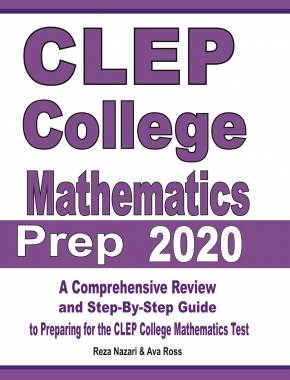

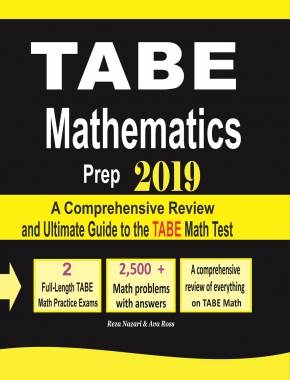


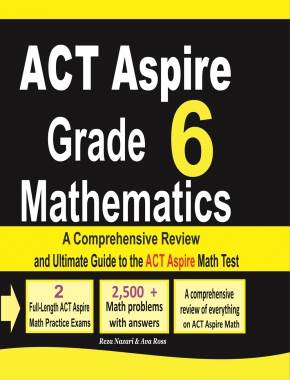
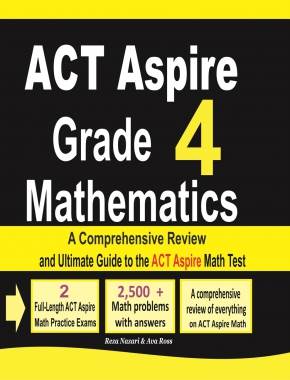
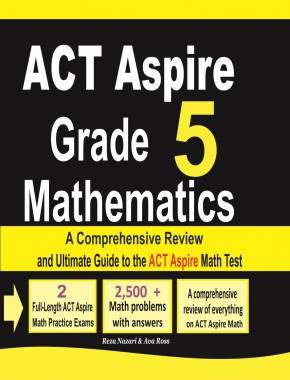
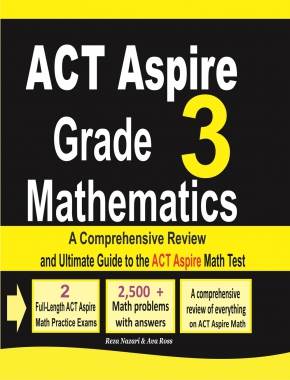

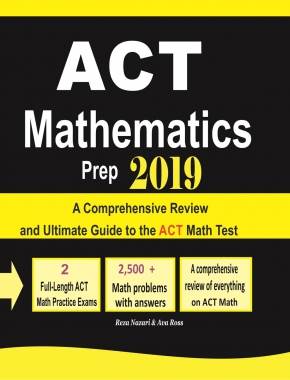
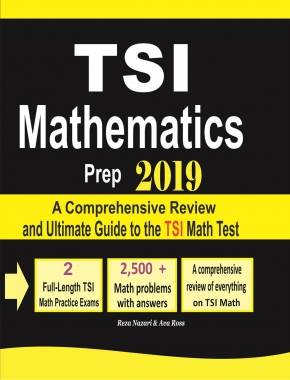









What people say about "How to Unravel the Vectorial Realm: A Comprehensive Guide to Vector Applications in Mathematics” - Effortless Math: We Help Students Learn to LOVE Mathematics"?
No one replied yet.